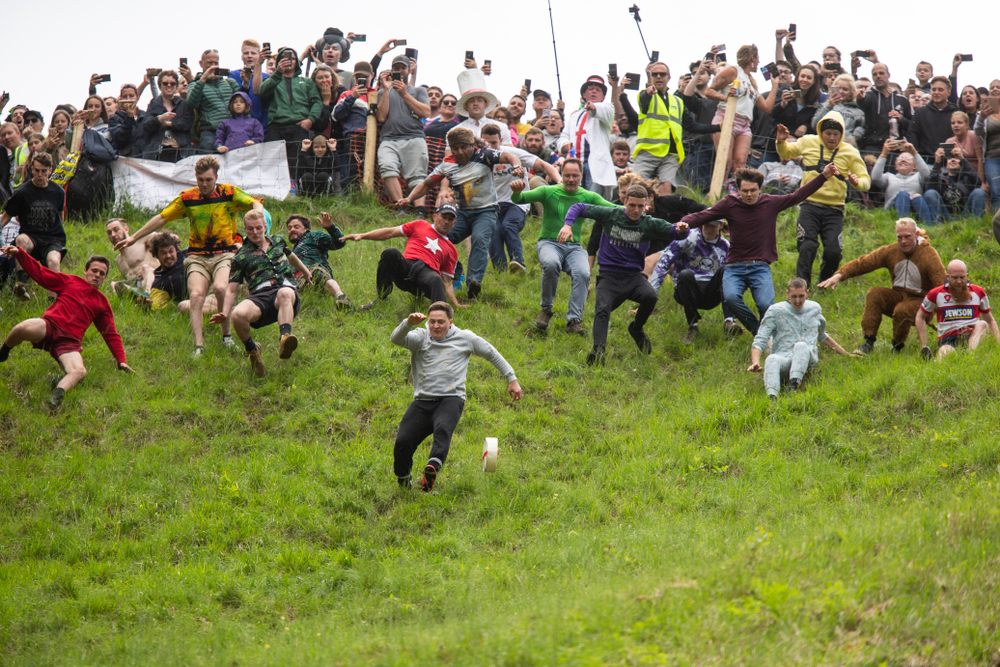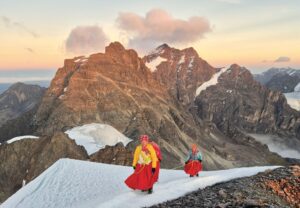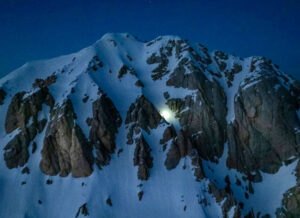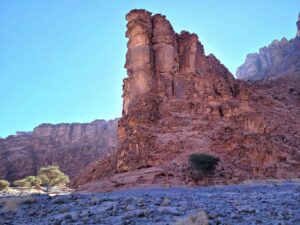When we’re not outdoors, we get our adventure fix by exploring social media and the web. Here are some of the best adventure links we’ve discovered this week.
Cooper’s Hill Cheese Roll: Every year, a bizarre contest occurs in the Cotswolds, England. Hundreds of participants sprint down a steep, uneven hill after a wheel of cheese.
The first written record of the event is from 1862. Now it attracts competitors from around the world. The day consists of four races, but the end goal is always the same: Race down the hill and claim the Double Gloucester cheese wheel as your own. As competitors throw themselves down the hill, some sprinting, many falling and rolling, thousands of spectators chant “cheese, cheese, cheese!”
Young Woman And The Sea: This new Disney film brings audiences the story of Gertrude Erderle, the first woman to swim the English Channel.
Despite Erderle’s 29 national or world records before her Channel swim, many people believed that a woman was incapable of the crossing. Erderle faced extreme societal prejudices but became the “Queen of the Waves.”
Dark retreats
The Darkness That Blew My Mind: Dark retreats are a fairly new concept. You spend several days in complete blackout darkness. Some people go to reflect or to help with anxiety and depression.
As Tim Neville prepares to enter his dark room, he is terrified. He turns out the lights to see what the darkness is like, terror rises within him, and he sprints back outside into the light. Eventually, it is time to start. Three days and four nights in complete darkness, completely disconnected, with no concept of time. What follows are three of the weirdest but also most rewarding days of Neville’s life.
How Changing the Angle Reveals A New Face Of the Canadian Rockies: Photographer Paul Zizka has been capturing images of the Canadian Rockies for over a decade. In his new book, he wants to show the range from a new perspective: the air.
Zizka has spent years living and working in the northern Rockies but was amazed to view the landscape from such a different angle.
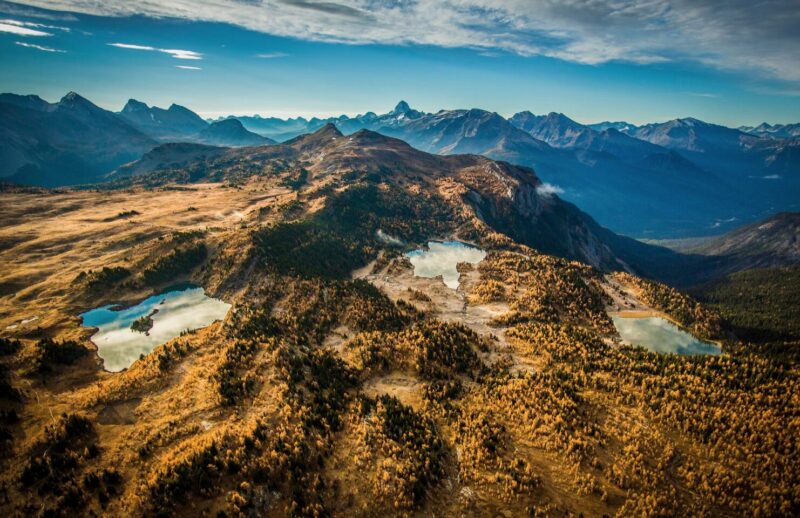
Photo: Paul Zizka
Malibu’s surf scene
Malibu, the Wave, and One Woman Who Made It Her Own: The lineup in Malibu is survival of the fittest (or maybe the most selfish). Hundreds of surfers take to the water on a day with a south swell. You will see a handful of female surfers, heavily outnumbered but holding their own.
But Malibu hasn’t always been a women’s wave. In 1947, Darrylin Zanuck was not content with sitting on the beach watching. She asked Joe Quill, a surfer and board designer, to create a shorter, lighter board. She learned how to surf and attracted many more women to the sport. For a few summers, until men sheepishly started ordering similar boards, they ruled Malibu.
Blind Climber Leads 5.10d Trad Route on Devil’s Tower: Jesse Dutton is the first blind climber to lead an ascent on El Matador, on Devil’s Tower in Wyoming.
Dutton has rod-cone dystrophy. His vision deteriorated through his childhood and he became legally blind in his early 20s. But this didn’t stop him climbing. Dutton is likely the best blind climber in the world. He has climbed over 1,500 trad routes in the UK.
Dutton heard that some of the columns of El Matador are like crags in the UK, which piqued his interest. Climbing with his sight guide (his wife), he led five of the route’s six pitches.
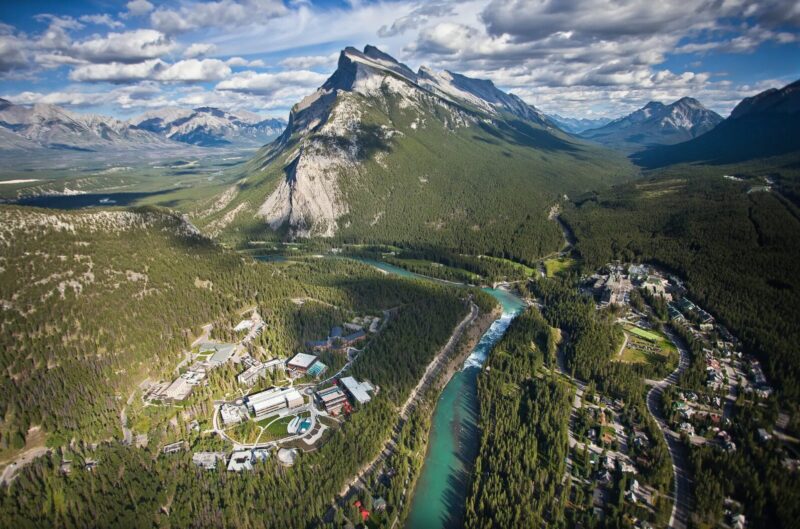
An aerial view of Mount Rundle and Banff National Park. Photo: Paul Zizka
Planning a huge road trip
Taking the Long Way Home: Last year, Elaine Glusac took a family road trip from Alaska to Idaho. The Alaska Highway was the heart of the trip. For over 3,500km, they passed through the Yukon, British Columbia, and Alberta.
Gulsac’s family managed the trip on a strict budget. Gluscac outlines their itinerary, costings, and advice for those inspired to take a road trip.
An Art of Climbing Sportsmanship at Risk of Trivialization: This open letter has been signed by almost 100 climbers. The letter concerns the growth of mixed ground-up bolting styles. The signatories feel that this climbing method is ethically dubious.
The letter argues that ground-up bolting contains no athletic or historical significance and deprives future generations of new routes and challenges. The authors propose all guidebooks adopt symbols to denote the bolting style of the first ascent.
